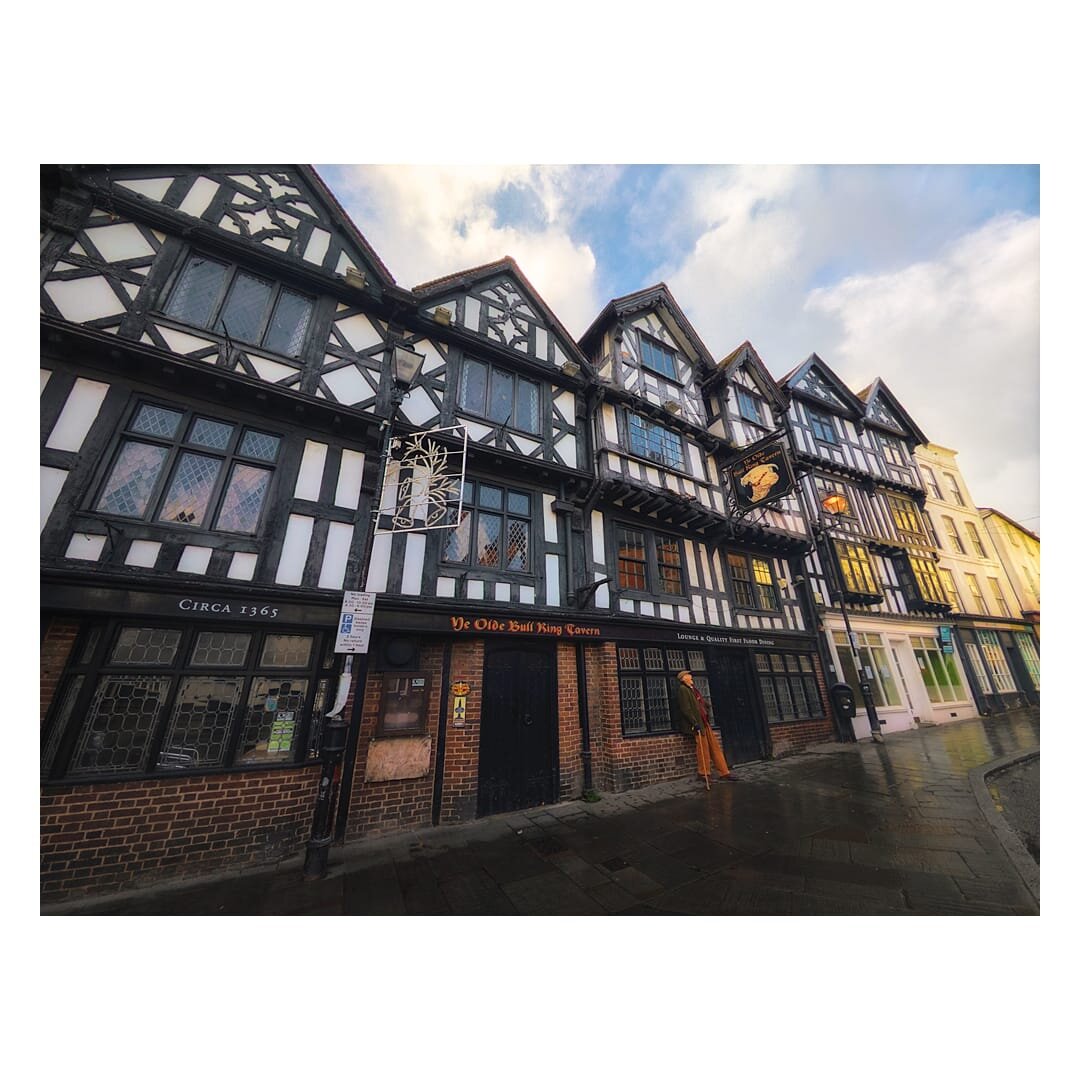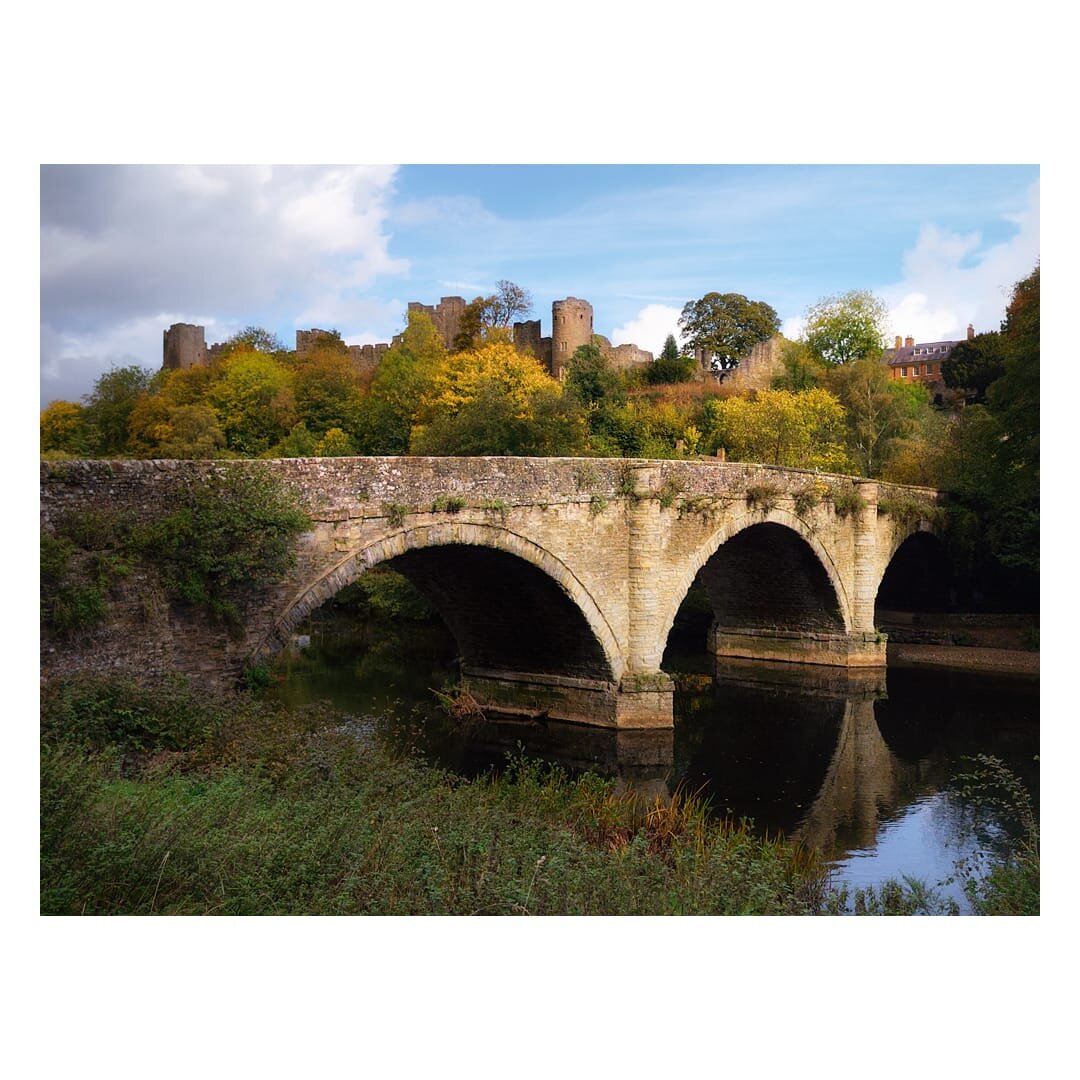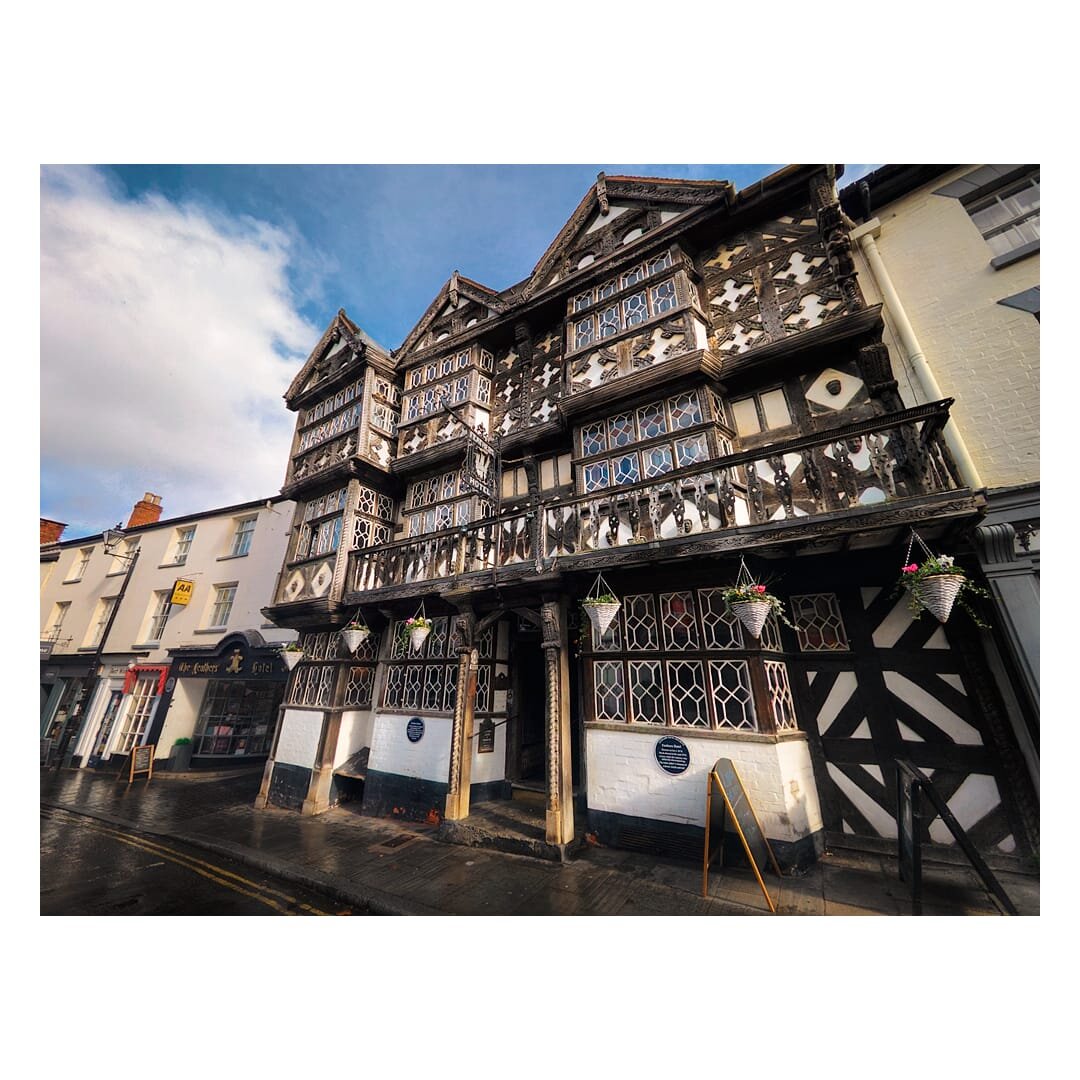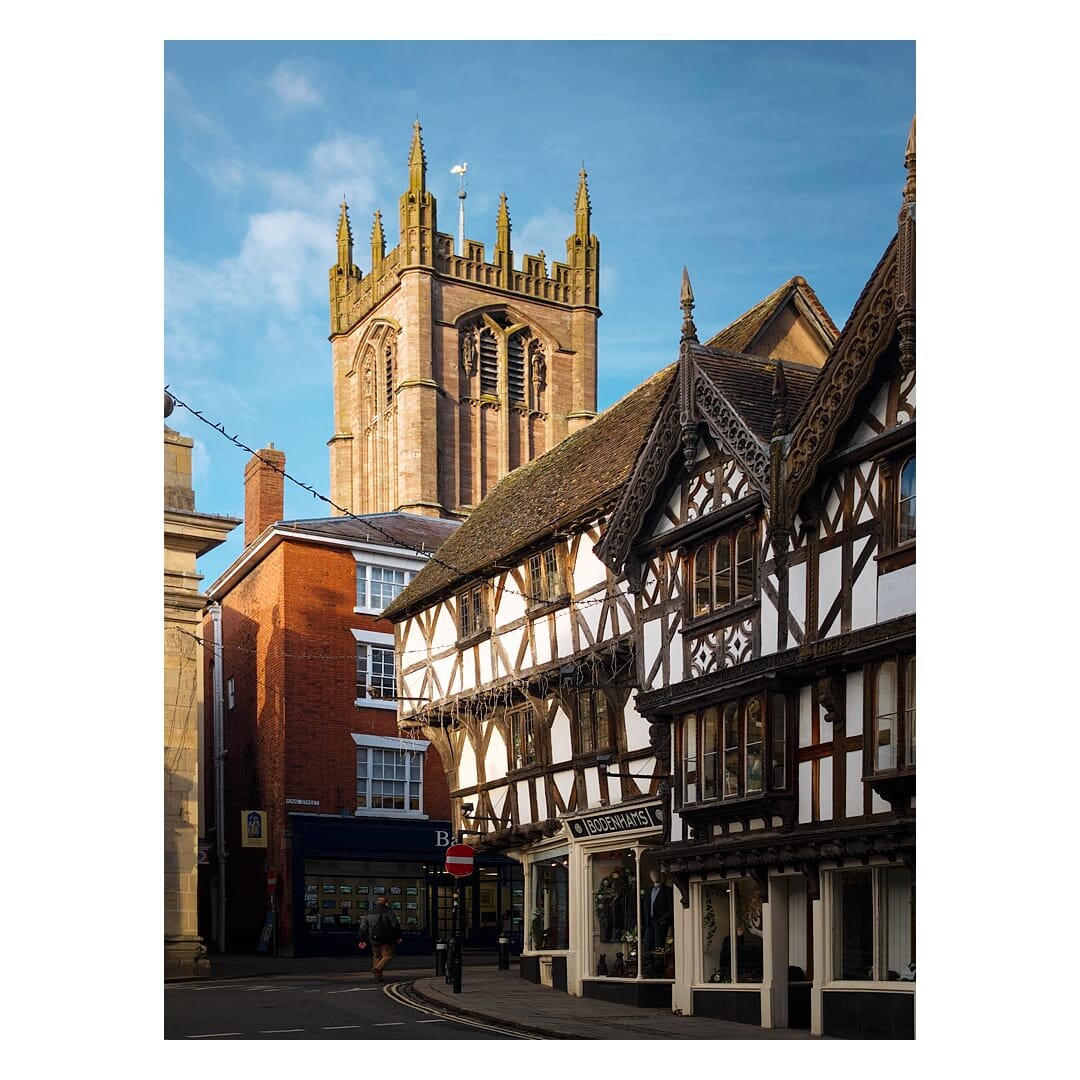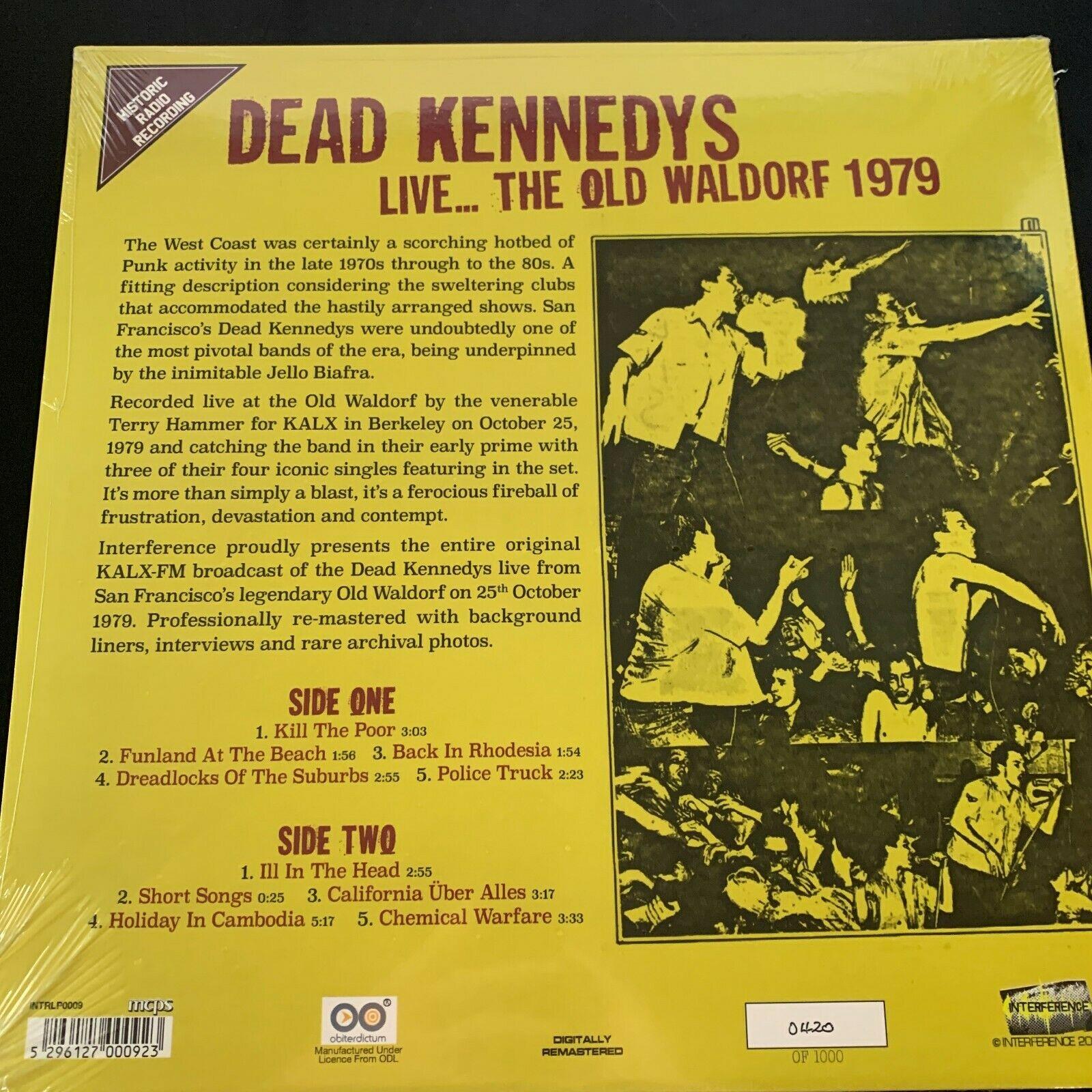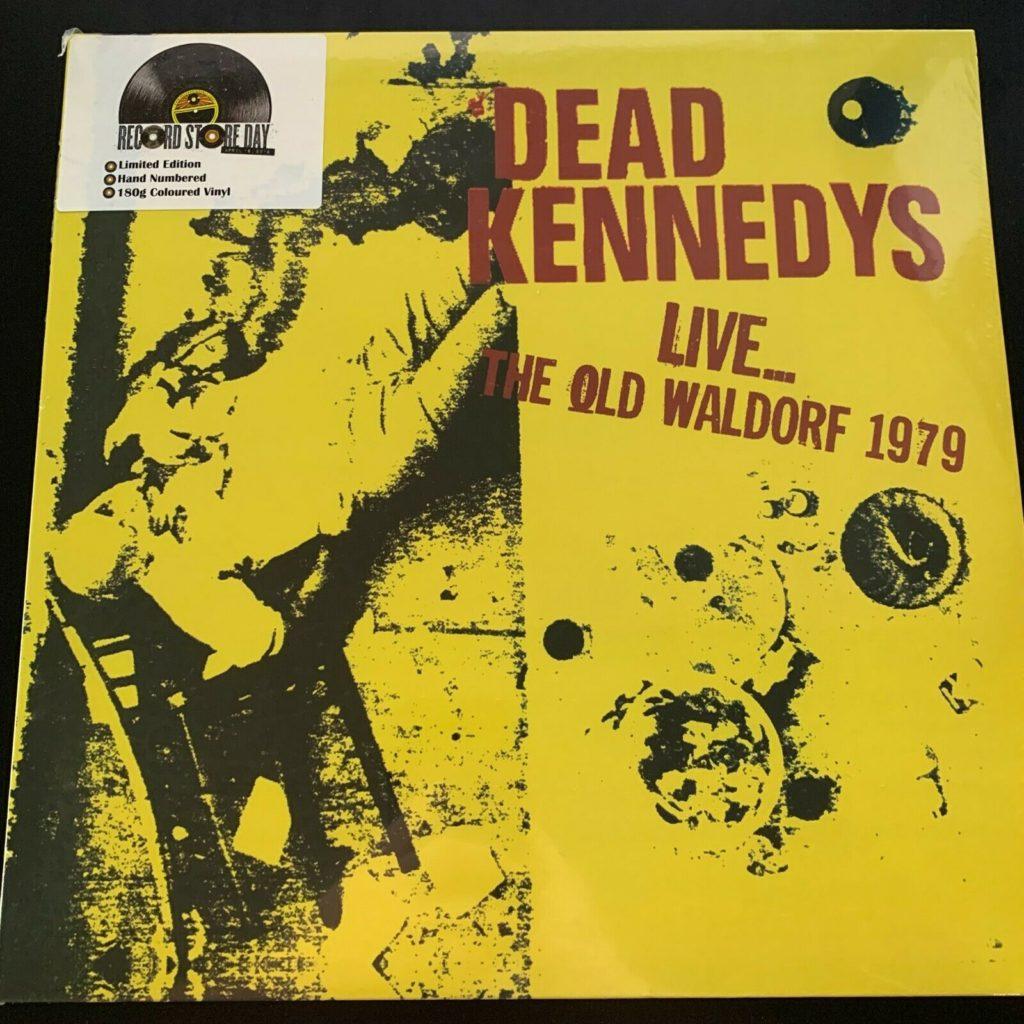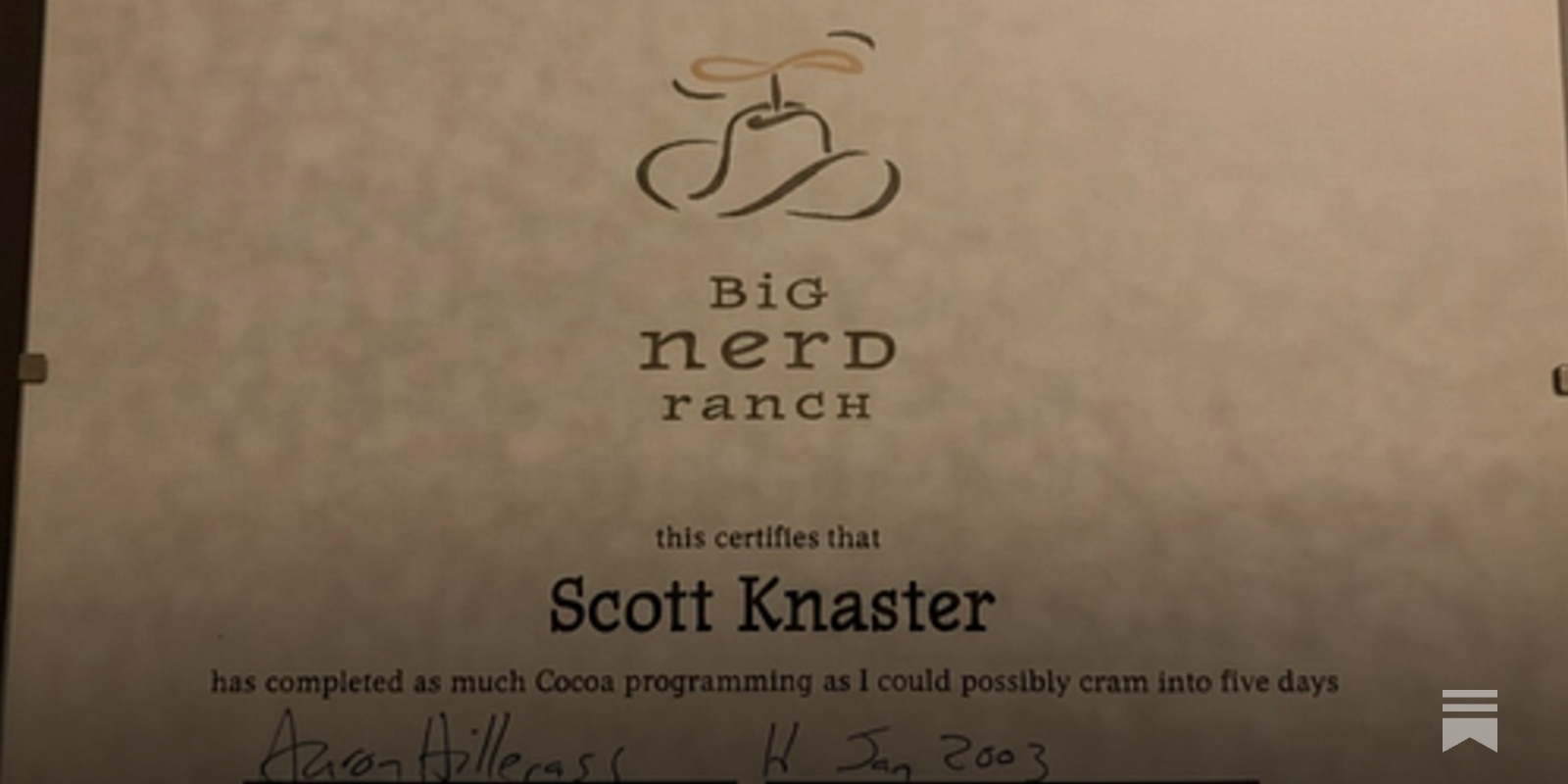The Neoliberal Holocaust by Paweł Wargan
On 1 May 2009, a few dozen homeless peo-
ple gathered in Katowice, Poland, to com-
memorate International Workers’ Day. They
raised the banner of the socialist Polish Peoples’
Republic—a society where, they said, food was
affordable and jobs were abundant. “We want to
restore the First of May as a day that defends the
interests of the most disadvantaged,” the march’s
organizer said. For a few hours, the most ne-
glected residents of Poland’s eleventh-largest
city lamented a time when their condition not
only did not exist, but could not exist. “Your in-
difference is our verdict,” they chanted.
Why was this march—then ignored, now
forgotten—so important? What is the mean-
ing behind its appeal to Poland’s socialist past,
a legacy that has been sullied and sapped in the
decades since capitalist restoration? And why is
it relevant in the much larger story of the mor-
tality crisis that swept across the former social-
ist states of Eastern Europe beginning in the
1990s—a catastrophe, unprecedented in peace-
time, that claimed nearly 17 million lives?1
In the process of excavating our history,
we often ignore the social relations—specifi-
cally, the relations of production—that shape
our experiences and, in turn, our perceptions
and memories. “It is not the consciousness of
men that determines their existence,” Karl Marx
wrote, “but their social existence that deter-
mines their consciousness.”

